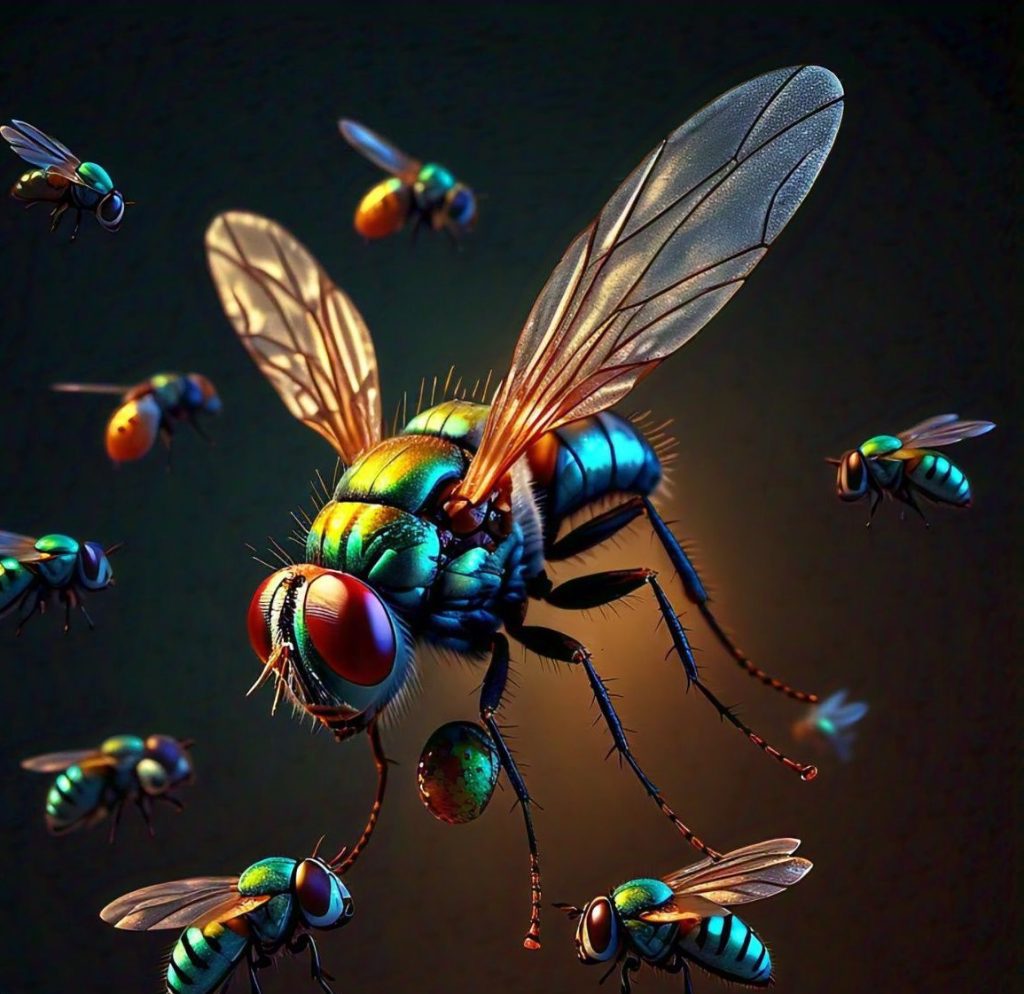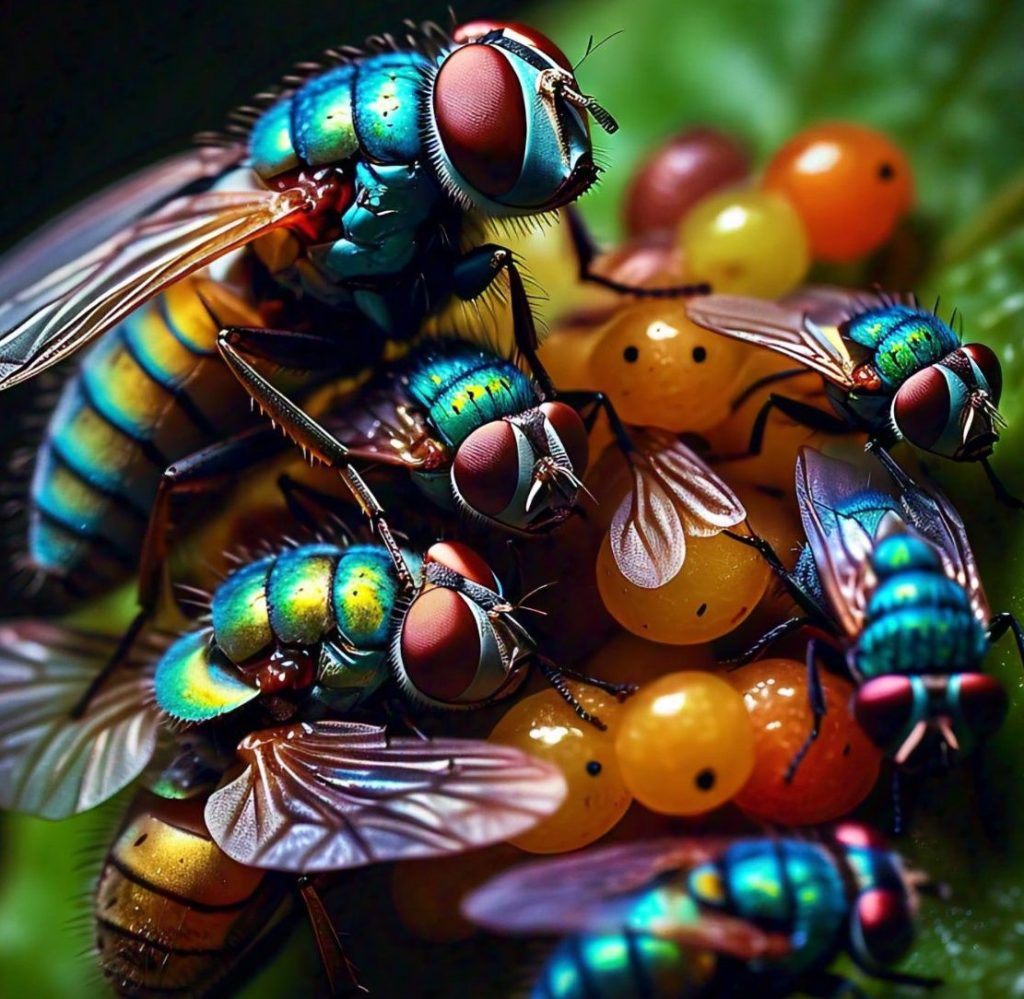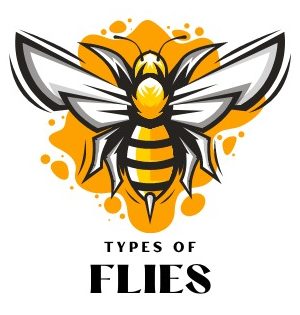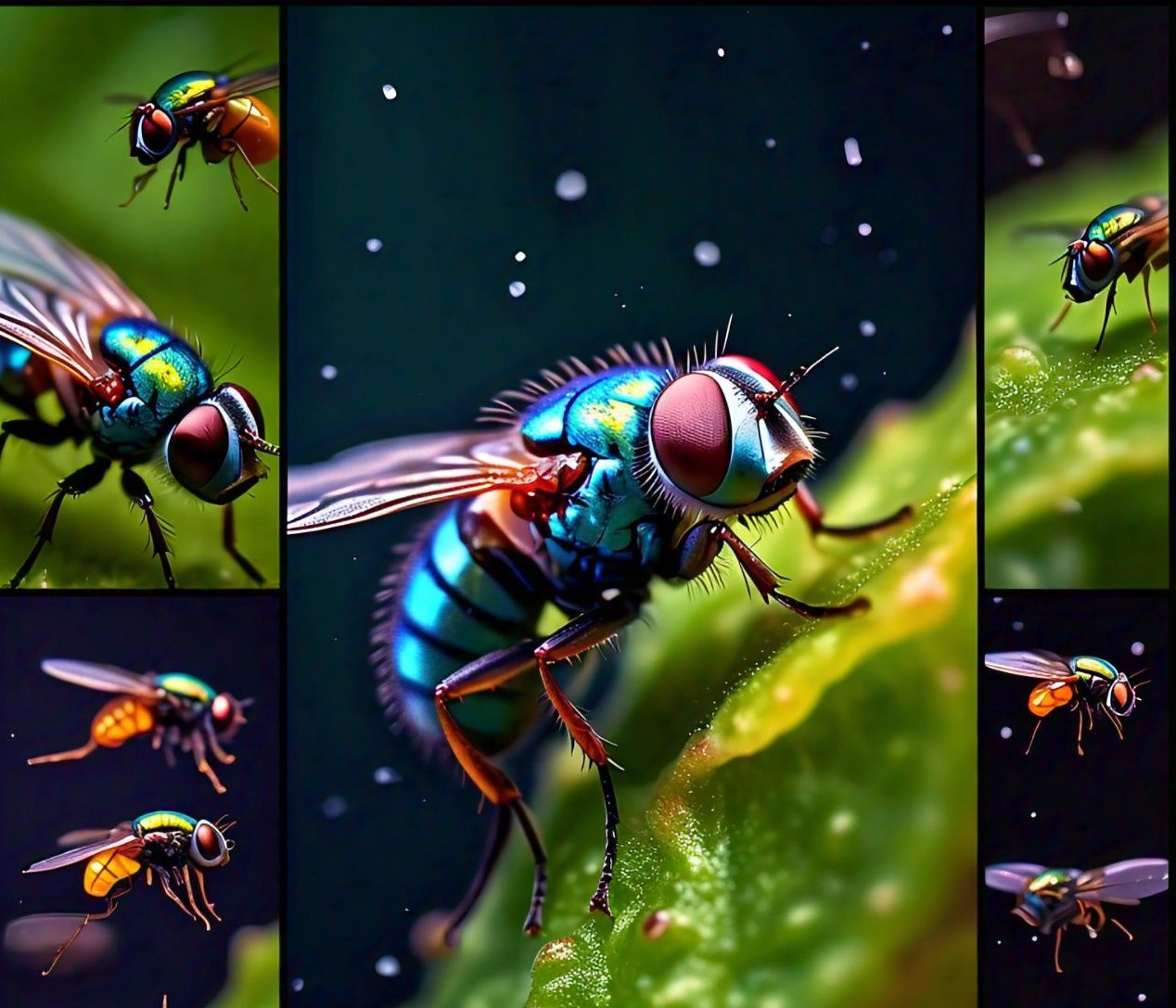Gnats vs. Fruit Flies. When it comes to tiny flying insects that invade our homes, gnats and fruit flies are often the usual suspects. Despite their similar size and behavior, these pests are distinct species with unique characteristics, behaviors, and habitats. Whether you’re dealing with fungus gnats, house gnats, or fruit flies, it’s crucial to understand the differences to effectively eliminate them. This comprehensive guide will explore the key distinctions between gnats vs. fruit flies, provide tips on identifying them, and offer practical methods for getting rid of these pesky invaders.

Gnat Characteristics and Behavior
Gnats are small, winged insects that belong to several families, including Mycetophilidae, Sciaridae, and Anisopodidae. Gnats vs. Fruit Flies. They are often associated with moist environments and are commonly found around plants, soil, and decaying organic matter. Gnat larvae, which are typically found in the soil, feed on fungi and organic material, making them a common problem for houseplants.
Gnats are attracted to moisture and are often seen hovering around potted plants, damp soil, or other sources of moisture in the home. They can become a nuisance when they breed in large numbers, leading to a gnat infestation. The lifespan of a gnat is relatively short, typically lasting only a few weeks, but they can reproduce quickly, making them difficult to control. Gnats vs. Fruit Flies.
Fruit Fly Characteristics and Behavior Gnats vs. Fruit Flies
Fruit flies, on the other hand, belong to the Drosophilidae family and are most commonly associated with rotting fruits and vegetables. These tiny flying insects are attracted to fermenting organic matter, making overripe fruit and garbage bins prime breeding grounds for fruit flies. Fruit fly larvae develop within the decaying matter, feeding on the Gnats vs. Fruit Flies microorganisms that thrive in these environments.
Fruit flies are particularly attracted to the smell of vinegar, which is why apple cider vinegar is often used in fruit fly traps. Like gnats, fruit flies can reproduce rapidly, leading to a fruit fly infestation if not addressed promptly. While fruit flies are not harmful, they can contaminate food and become a significant annoyance in the kitchen. Gnats vs. Fruit Flies.
Differences Between Gnats and Fruit Flies Gnats vs. Fruit Flies
While gnats and fruit flies are often confused due to their small size and flying habits, there are several key differences between them:
- Appearance: Gnats are typically slender with long legs, resembling small mosquitoes, while fruit flies are rounder with red eyes and tan or brown bodies.
- Behavior: Gnats are attracted to moisture and are commonly found near plants and soil, whereas fruit flies are drawn to fermenting fruits and vegetables.
- Habitat: Gnats are often found in and around plants, particularly in damp soil, while fruit flies are more likely to be found in the kitchen, around fruit bowls, or near garbage bins. Gnats vs. Fruit Flies.
- Reproduction: Gnat larvae develop in soil, feeding on fungi and organic matter, while fruit fly larvae thrive in decaying fruit and other fermenting organic material.
- Lifespan: The lifespan of a gnat is typically a few weeks, while fruit flies can live for about a month, depending on environmental conditions.
Gnat and Fruit Fly Infestation: How to Identify Gnats vs. Fruit Flies
Identifying whether you’re dealing with gnats or fruit flies is essential for effective pest control. Here are some tips to help you determine which pest is causing the problem: Gnats vs. Fruit Flies.
- Location: If you notice tiny flying insects around your houseplants, you’re likely dealing with gnats. On the other hand, if the insects are congregating around your fruit bowl, garbage can, or sink, fruit flies are the probable culprits. Gnats vs. Fruit Flies.
- Visual Identification: Gnats are slender and mosquito-like, while fruit flies are rounder with distinctive red eyes.
- Behavioral Patterns: Gnats are more likely to be seen near moisture-rich environments like soil, while fruit flies prefer areas with fermenting organic matter.

How to Get Rid of Gnats
Getting rid of gnats requires targeting their breeding grounds and reducing moisture levels in your home. Here are some effective gnat control methods:
- Dry Out Damp Areas: Since gnats are attracted to moisture, eliminating excess moisture in your home is crucial. Avoid overwatering plants, fix any leaks, and use a dehumidifier in particularly damp areas.
- Repot Plants: If gnats are breeding in the soil of your houseplants, consider repotting the plants with fresh, dry soil. Additionally, avoid leaving water in the saucers beneath your plants.
- Use Gnat Traps: Homemade gnat traps, such as a mixture of vinegar and dish soap, can effectively reduce the gnat population. Place these traps near affected areas to attract and trap the gnats.
- Use Insecticidal Soap: For severe infestations, insecticidal soap can be used to kill gnats and their larvae. Be sure to follow the instructions carefully to avoid harming your plants.
How to Get Rid of Fruit Flies
Fruit flies can be equally persistent, but with the right approach, you can eliminate them from your home:
- Remove Breeding Sites: Start by disposing of any overripe fruits or vegetables that may be attracting fruit flies. Clean your kitchen thoroughly, paying special attention to areas where food particles may accumulate, such as sinks, drains, and garbage disposals.
- Set Up Fruit Fly Traps: A simple and effective trap involves placing a small amount of apple cider vinegar in a container with a few drops of dish soap. The vinegar attracts the fruit flies, and the soap breaks the surface tension, causing them to drown.
- Seal Trash Bins: Ensure that your garbage bins are sealed tightly to prevent fruit flies from accessing decaying organic matter. Regularly empty and clean the bins to remove any potential breeding grounds.
- Cover Fruit Bowls: To prevent fruit flies from laying eggs on your produce, cover your fruit bowls with a cloth or store fruits and vegetables in the refrigerator.
Gnat vs. Fruit Fly: Which Is More Harmful?
Neither gnats nor fruit flies pose a significant health risk to humans, but they can be a nuisance in the home. Gnats are more likely to cause damage to houseplants by feeding on their roots and fungi in the soil. In contrast, fruit flies can contaminate food and spread bacteria if left unchecked.
Preventing Future Infestations
Prevention is key to avoiding future infestations of both gnats and fruit flies. Here are some tips to keep your home pest-free:
- Maintain Cleanliness: Regularly clean your home, especially the kitchen and areas with houseplants, to remove any potential breeding grounds.
- Store Food Properly: Keep fruits and vegetables in the refrigerator or cover them to prevent fruit flies from accessing them.
- Manage Moisture Levels: Avoid overwatering plants and fix any leaks to reduce moisture levels in your home.
- Use Preventative Traps: Consider keeping preventative traps, such as vinegar traps, in areas prone to infestations.
Conclusion
Understanding the differences between gnats and fruit flies is essential for effective pest control. By identifying the specific pest you’re dealing with and using targeted methods to eliminate them, you can keep your home free from these annoying invaders. Whether it’s gnats or fruit flies, addressing the problem early and maintaining a clean, dry environment will help you prevent future infestations.


[…] flies is particularly interesting during mating season. Males use their antler-like structures in elaborate courtship displays to attract females. These displays, which include intricate movements and pheromone […]
Great comparison! This clears up the confusion between gnats and fruit flies – super helpful for tackling them effectively